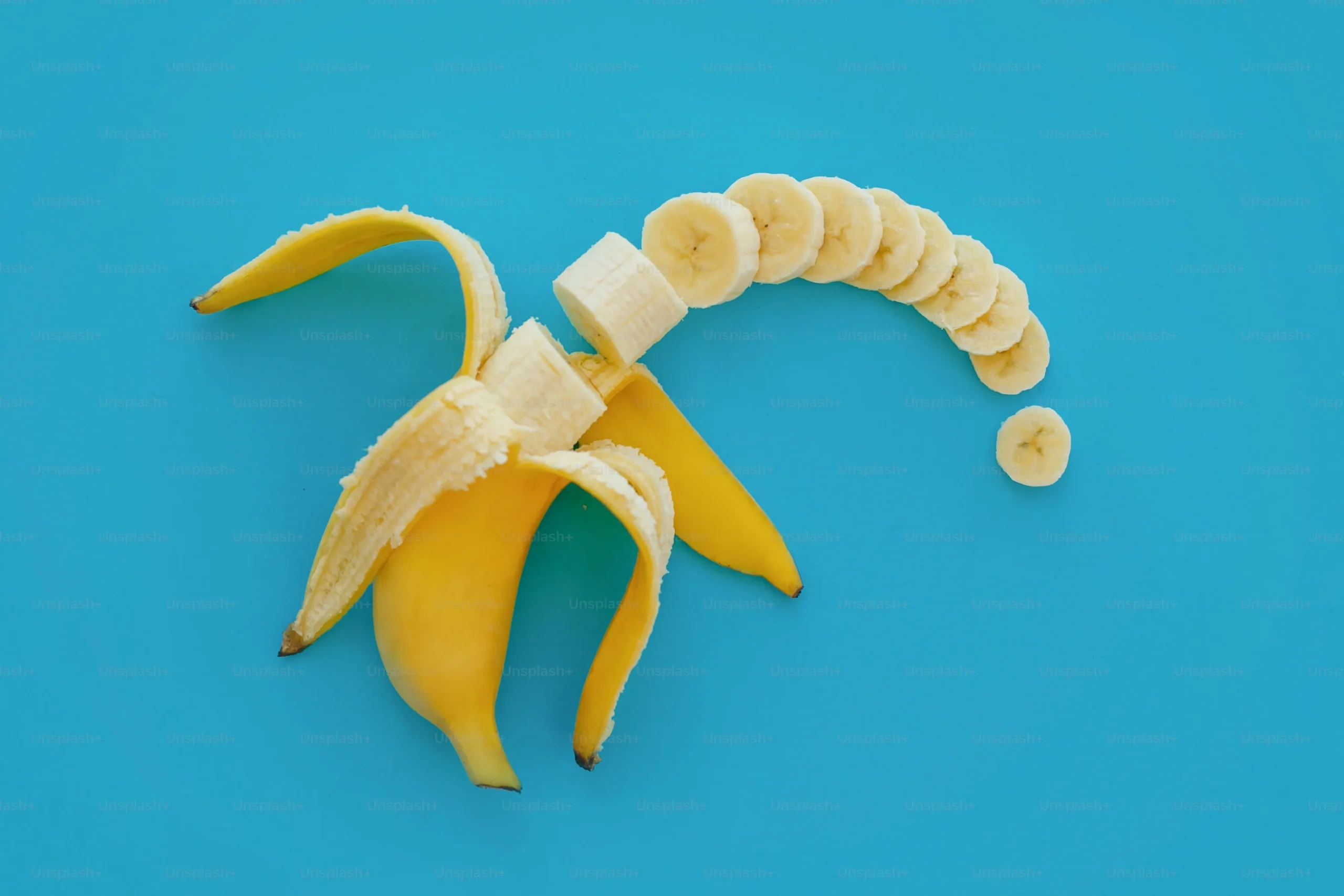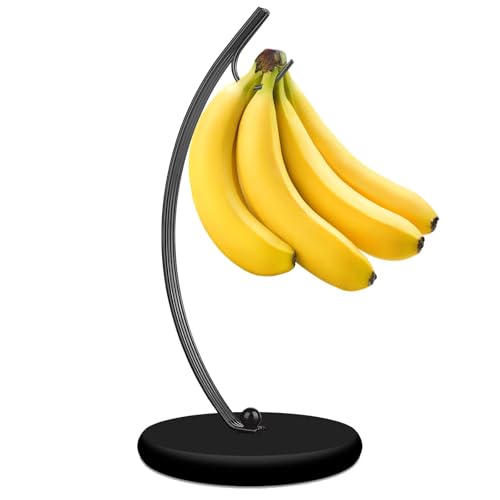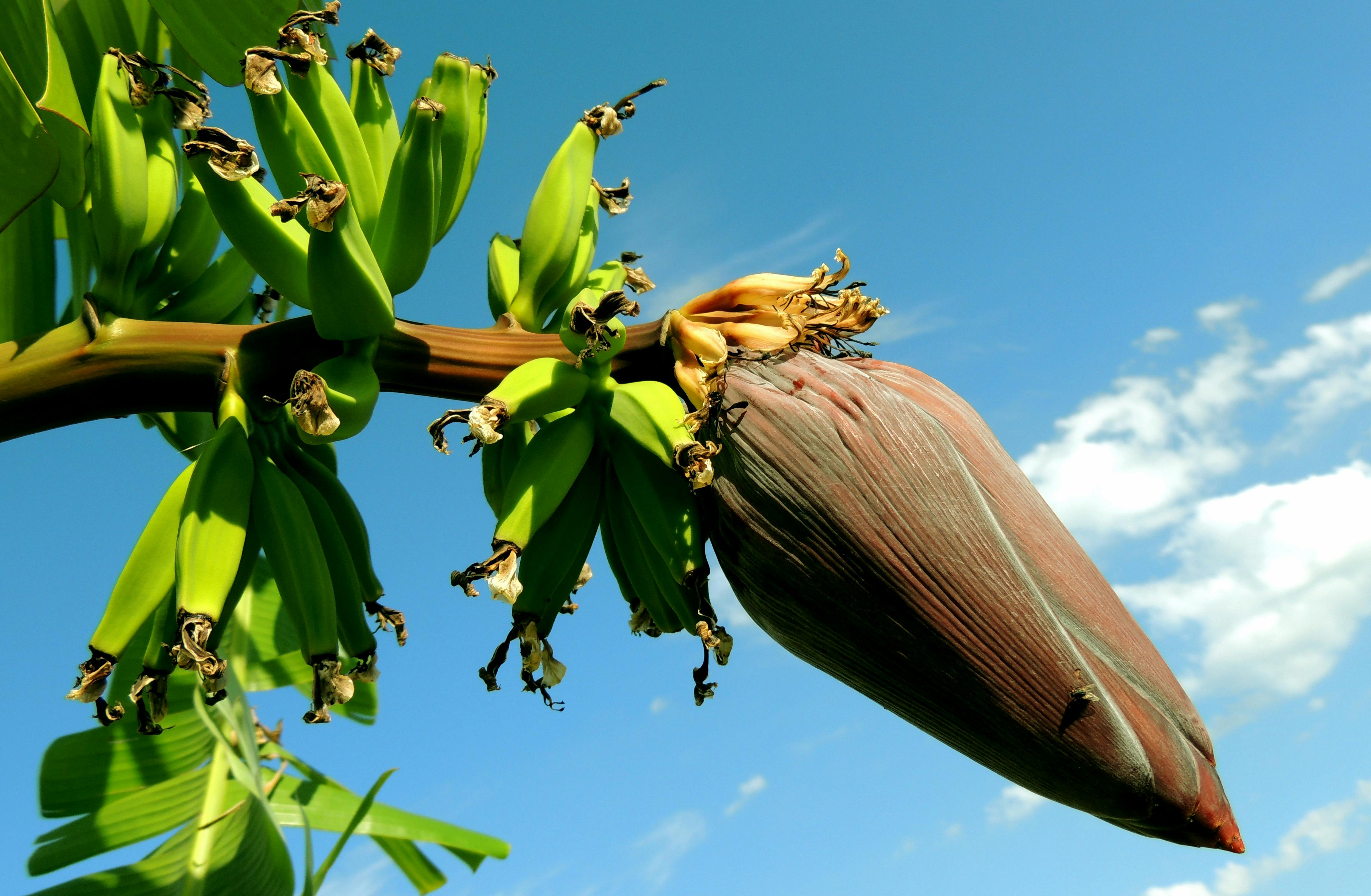How to Fix a Broken Banana Plant: A Complete Guide for Gardeners
Banana plants are a staple of many gardens and provide delicious fruit for people to enjoy. However, even the most carefully tended plants can experience a break, which can be alarming for gardeners. Fortunately, fixing a broken banana plant is possible, and this article will provide you with the information you need to do so. We’ll cover everything from what causes breaks, the severity of different types of breaks, and the proper support and care needed to get your plant back on track. Plus, we’ll offer tips for preventing further breaks in the future. If you’re looking to learn more about how to fix a broken banana plant, keep reading!
What causes a banana plant to break down?
Bananas are a delicious and nutritious fruit that have been enjoyed around the world for centuries. However, growing them can be a delicate process, especially when it comes to preventing banana plants from breaking. There are several factors that can cause a banana plant to break, and understanding these factors is key to fixing the problem.
One of the most common causes of banana plant breakage is extreme weather conditions. Strong winds or heavy rains can put pressure on the plant, causing it to snap or bend. In addition, overwatering or underwatering can weaken the roots and stem of the plant, making it more susceptible to breaking.

Another factor that contributes to banana plant breakage is poor soil quality. If the soil lacks essential nutrients like potassium and magnesium, then the plant may not be able to support its own weight properly. This can lead to bending or snapping of both young and mature plants.
Finally, improper pruning techniques can also result in broken banana plants. Pruning too much or too little can affect how well a plant grows and whether it will be able to withstand environmental stressors like wind and rain.
To fix a broken banana plant requires careful attention and patience. The first step is assessing how severe the damage is – if it’s just minor bending then tying up with soft string may suffice but for more serious breaks splinting will need added support with bamboo stakes until new growth appears.
In conclusion, there are many factors that contribute to banana plant breakage but understanding them is key in order for us as growers make informed decisions about how best we should care for our precious crops so they yield their full potential!
The different types of breaks and their severities.
While the topic of fixing a broken banana plant may seem specific, it is important to first understand the different types of breaks and their severity. This knowledge can help prevent future breakage and ensure the health and longevity of your banana plant.
The most common type of break is a partial break, where only part of the stem or leaf has been damaged. While this may not seem severe, it can still impact the growth and overall health of your plant. Partial breaks can be fixed by gently wrapping the damaged area with a damp cloth or using a splint to hold it in place while it heals.
A complete break, on the other hand, is when the stem or leaf has completely snapped off from the main trunk. This type of break requires more immediate attention as it can lead to irreversible damage if not addressed promptly. To fix a complete break, prune any damaged areas with sharp scissors and apply a rooting hormone before replanting in fresh soil.
Finally, there are compound breaks which involve multiple points of damage along a single stem or leaf. These types of breaks are often caused by external factors such as pests or extreme weather conditions. Compound breaks require careful monitoring and treatment to prevent further damage and promote healing.
In conclusion, understanding the different types of breaks that can occur in banana plants is crucial for maintaining their health and ensuring successful growth. By taking proactive measures such as splinting partial breaks or applying rooting hormone to complete breaks, you can help your banana plants thrive for years to come.
How can I fix a broken banana plant with proper support and care?
Banana plants are a great addition to any garden, but what happens when they break? Fear not, with proper support and care, you can fix that broken banana plant in no time!

Firstly, assess the damage. If the break is severe and the plant appears to be completely severed, it may be best to remove it entirely. However, if there is still some connection between the stem and roots, you can attempt to save it.
Next, provide support for the damaged area. Splinting or tying the broken area with a sturdy material such as bamboo stakes or wire can help keep everything in place while the plant heals.
It’s also important to give your banana plant plenty of TLC during this time. Keep it well-watered and fertilized with a balanced fertilizer. Adding some extra potassium can also help promote healing.
Additionally, consider pruning back any damaged leaves or stems to reduce stress on the plant as it recovers.
With patience and proper care, your once-broken banana plant will soon be thriving once again!
Preventing future breaks in banana plants.
Bananas are a beloved fruit around the world, but they often face challenges such as breakage and disease. Preventing future breaks in banana plants is essential to ensure the longevity of this popular crop.

« The Fascinating History and Evolution of the “Banana Who” Joke
Banana Bread Bakers, Rejoice: How to Prevent Your Loaves from Sticking to the Pan Every Time »
One crucial aspect of preventing breakage is proper pruning. A skilled pruner should remove any dead or diseased leaves, as well as any suckers that may be competing with the main stem for nutrients. This allows for better airflow and sunlight penetration to reach the plant’s core, improving overall health.
Another important factor in preventing breaks is ensuring that the plant is properly supported. Banana plants can grow quite tall and heavy, so it’s crucial to provide adequate support throughout their growth cycle. Staking or tying up the plant can help prevent damage from strong winds or heavy fruit clusters.
It’s also important to monitor for diseases such as Panama disease or black Sigatoka, which can weaken the plant and make it more susceptible to breakage. Regularly inspecting and treating these issues can help prevent future problems.
Overall, taking preventative measures like proper pruning and support will go a long way in ensuring healthy banana plants that are less likely to experience breaks or other issues down the road. By staying proactive with your care techniques, you’ll be able to enjoy delicious bananas year after year without interruption.
Check out our other articles to find out even more about banana.
Banana plants can be significantly affected by mechanical trauma, inclement weather, and other environmental conditions. Understanding what causes a banana plant to break is the first step in preventing future breaks and nursing an existing damaged plant back to health. With proper knowledge and care, fixing a broken banana plant is possible – so don’t give up even if your own has been seriously injured! Check out our other articles to find out even more about bananas and how you can keep yours healthy for years of growth ahead.
















